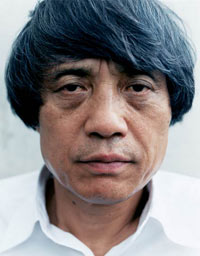
Tadao Ando is celebrating his 70th birthday
 |
In Ando's family houses and museums, visitors can experience a meditative intimate atmosphere, which he perfected in sacred buildings at the beginning of his professional career. The unmistakable handwriting of Ando's buildings is emphasized by the use of panel formwork measuring 90 x 180 cm with a characteristic six openings for concrete spacers. The overall mastery is then crowned by the sensitive placement of his buildings into the landscape and the unique handling of daylight.
The English translation is powered by AI tool. Switch to Czech to view the original text source.
0 comments
add comment






